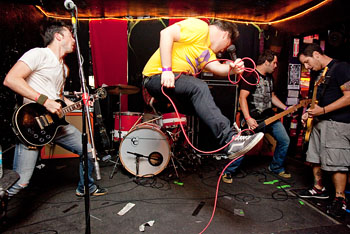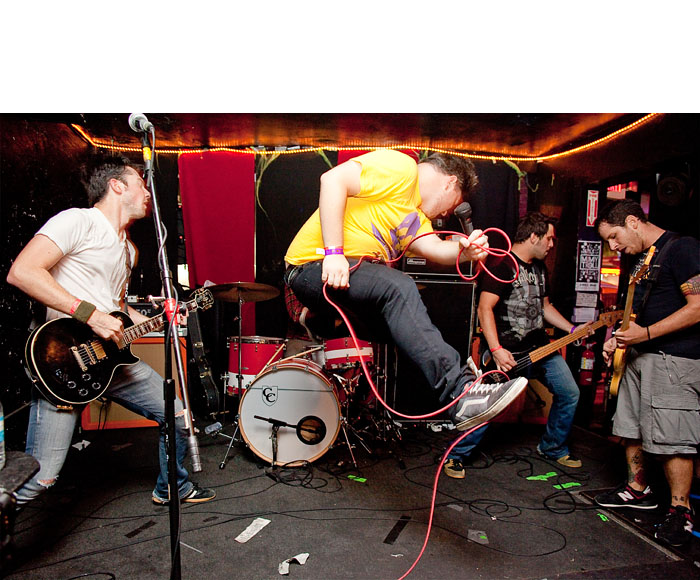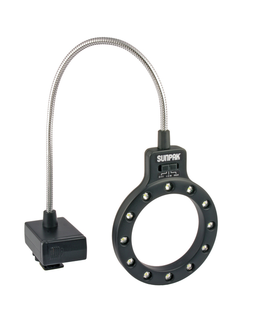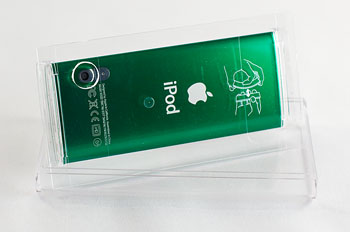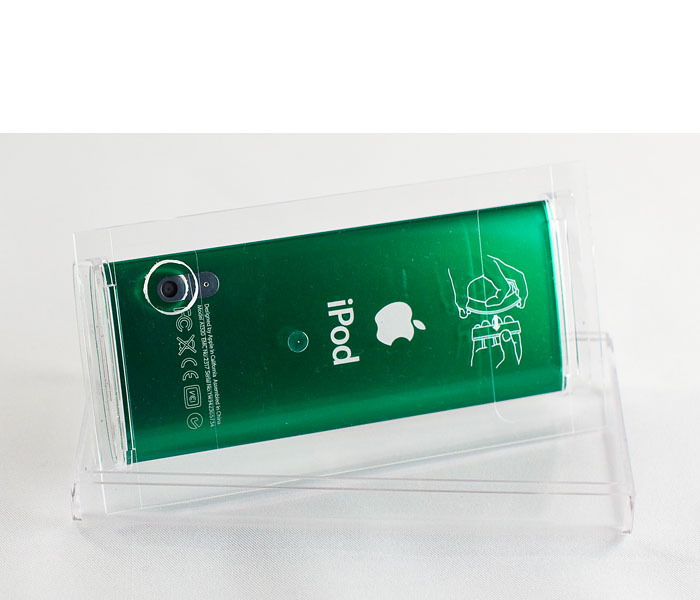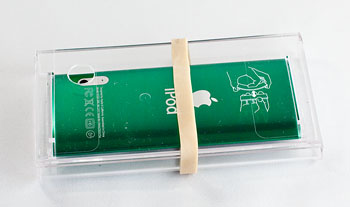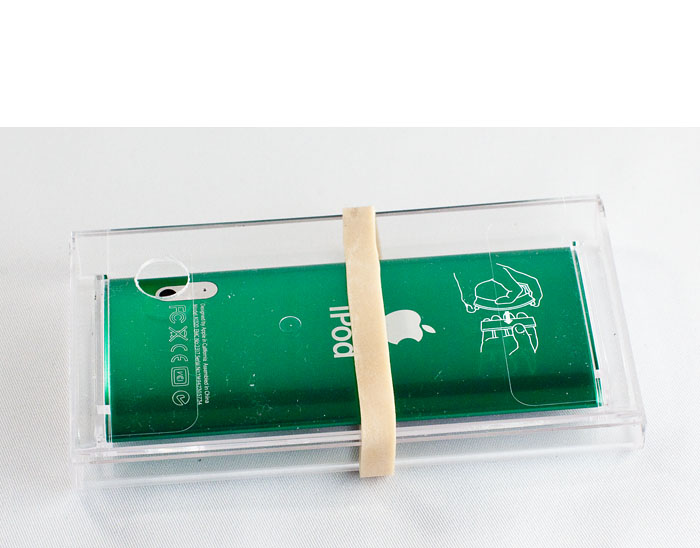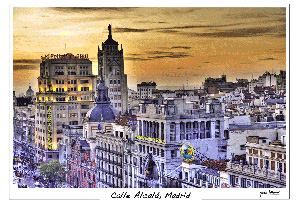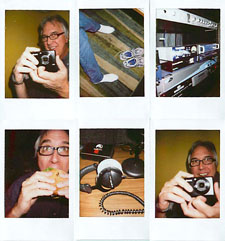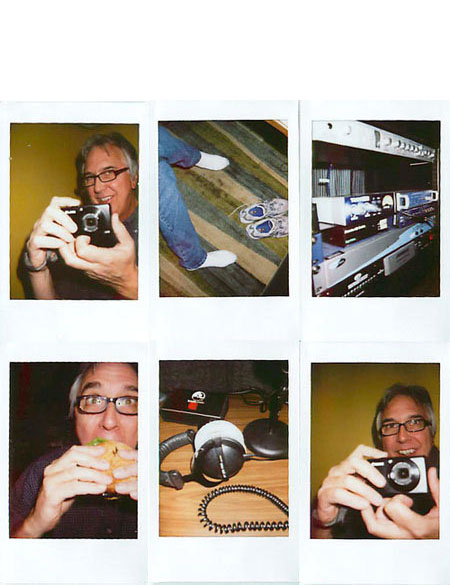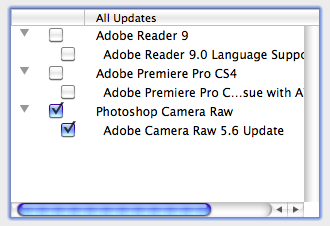The better you understand your subject, the more likely you are to capture its essence. That's exactly what Paris Visone has done in her coverage of the punk rock band Protagonist.
"When touring with Protagonist, there was a lot of staying at random houses, taking advantage of every clean bathroom you can find, and a lot of different smells (some good, most bad)," writes Paris. "I have been shooting this band for 5 years now, but this is the first time I actually hit the road with them. They are somewhat used to the idea of the camera constantly in their faces, so that helps my cause. Plus, sometimes I help them carry equipment. So can they really complain? I like to consider myself the 6th member of the band. (Just don't tell them that.)"
Photo of the rock band Protagonist playing at Fest Live by Paris Visone. You can see the entire set of images on the Lowepro Flickr page.
Paris depended on her Canon 5D Mark II, 24mm 2.8 Lens, 35mm 2.0 Lens, Speedlite 430EX II, Mac laptop, various hard drives, and a Lowepro Fastpack 250 to capture these amazing images of the band.
"It's awesome having Paris with us on the road because she has a way of taking pictures that always captures the moment," said Brian, the guitar player. "She always knows just the right time to take a photo, and we sometimes relive entire days by looking at her images."
-
